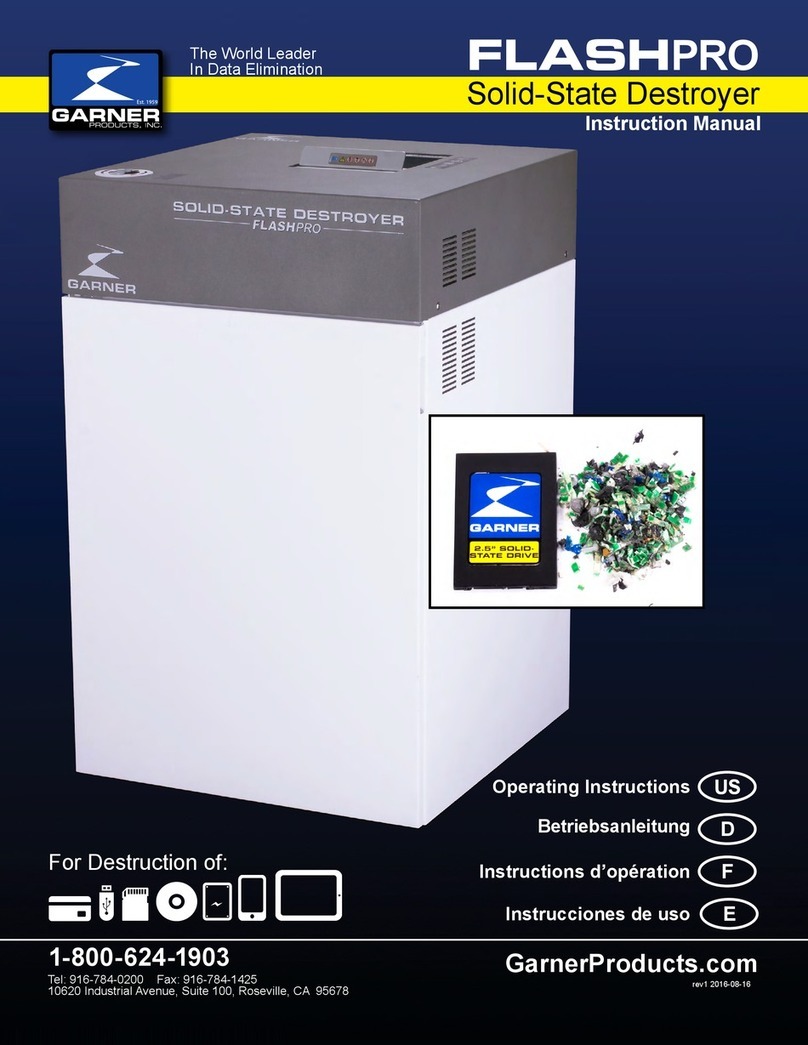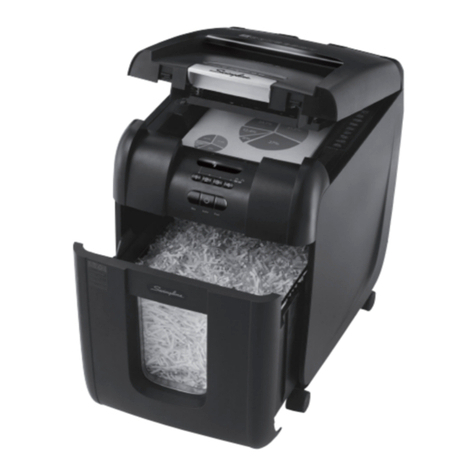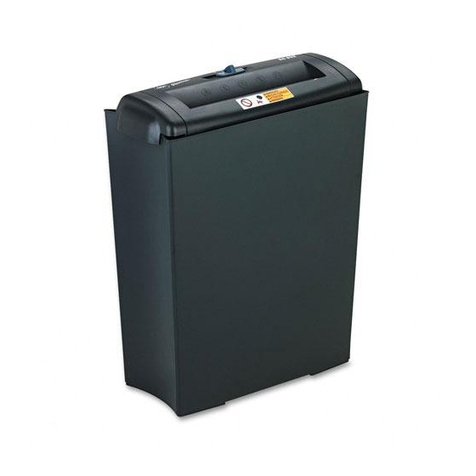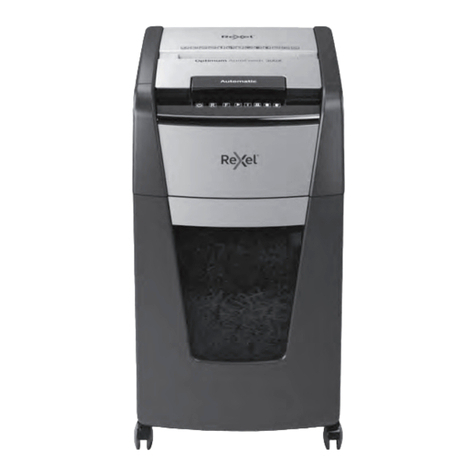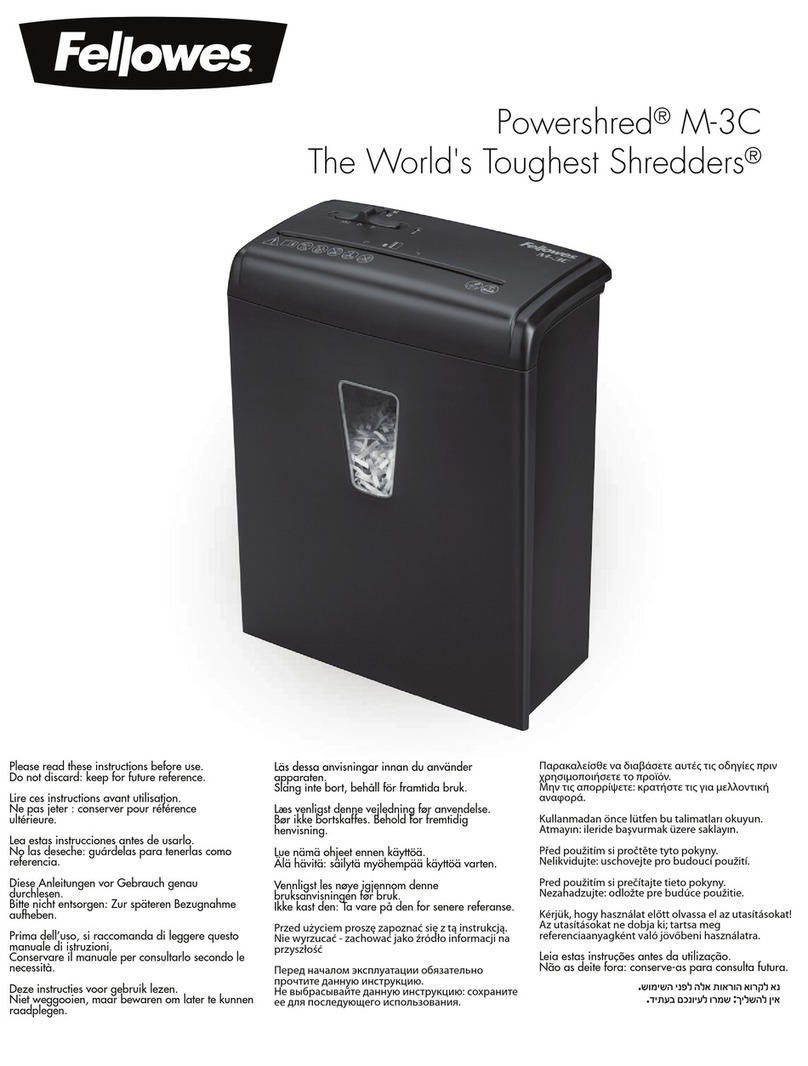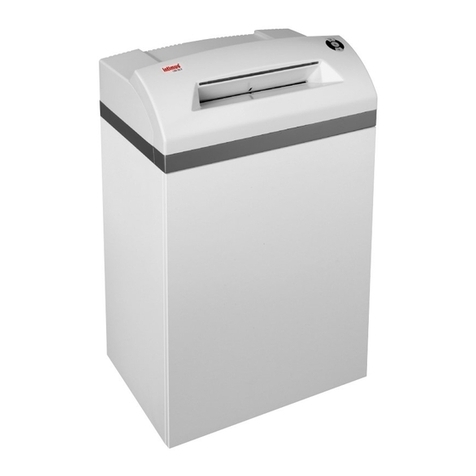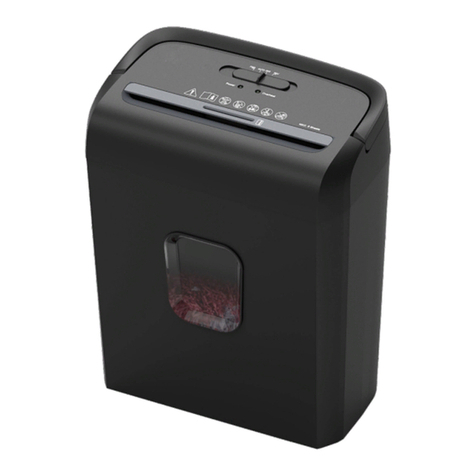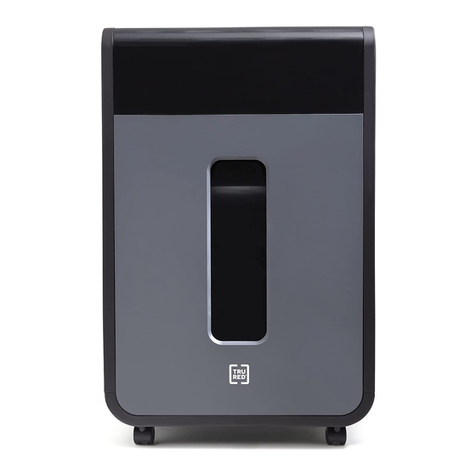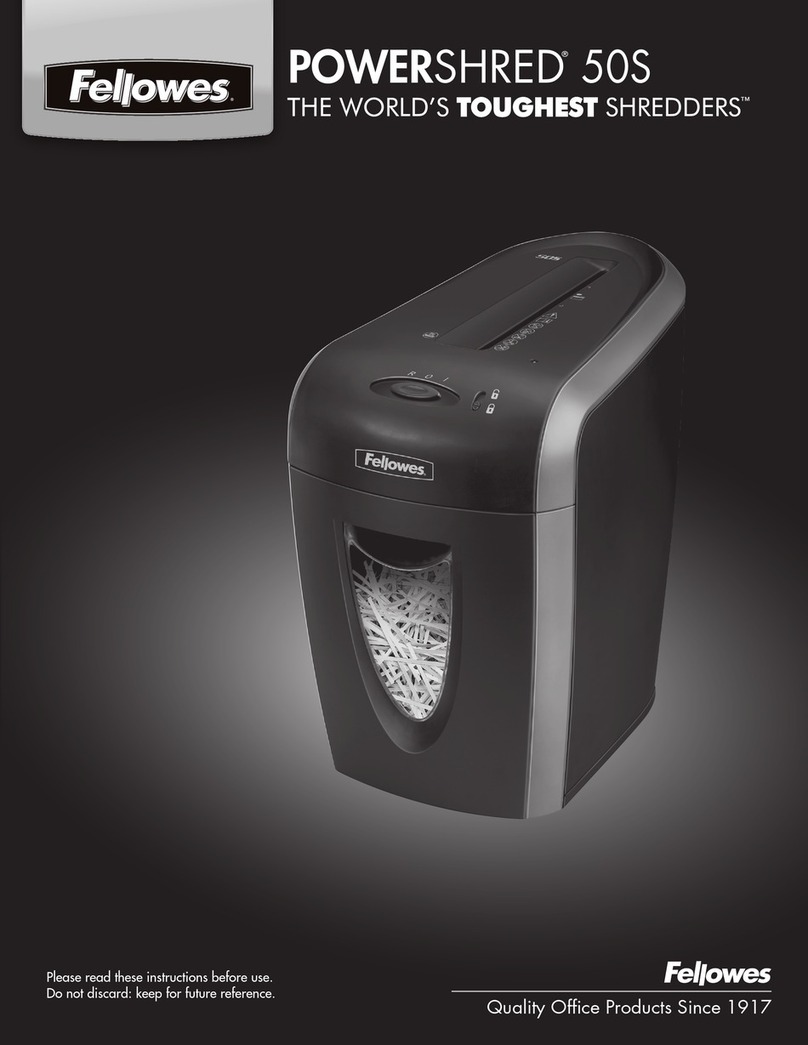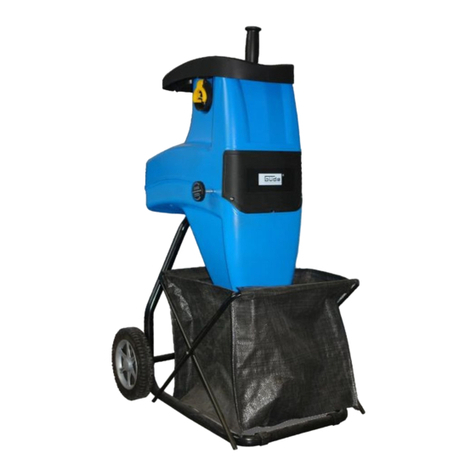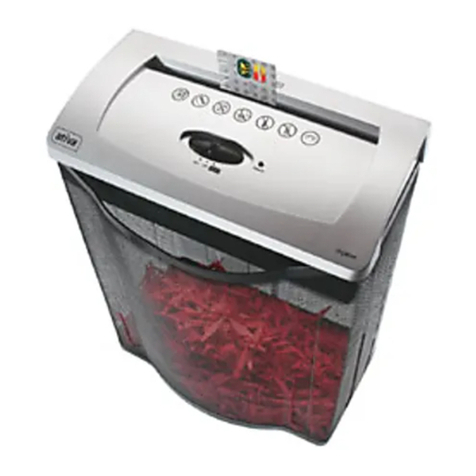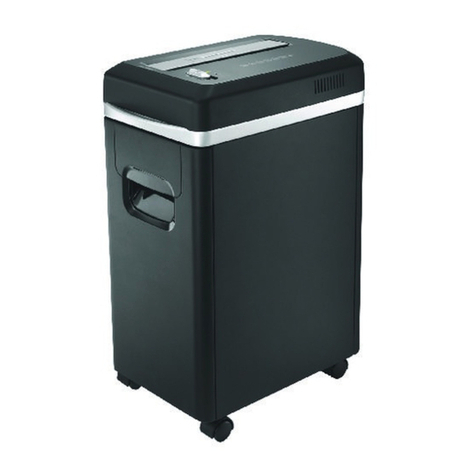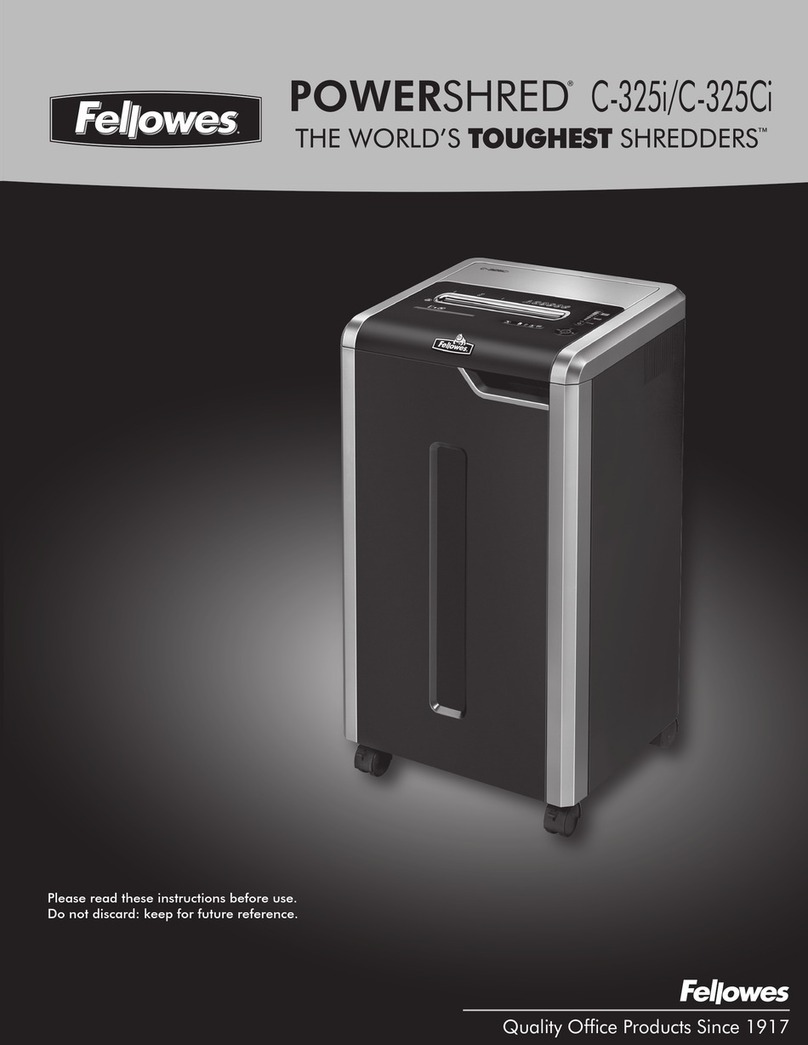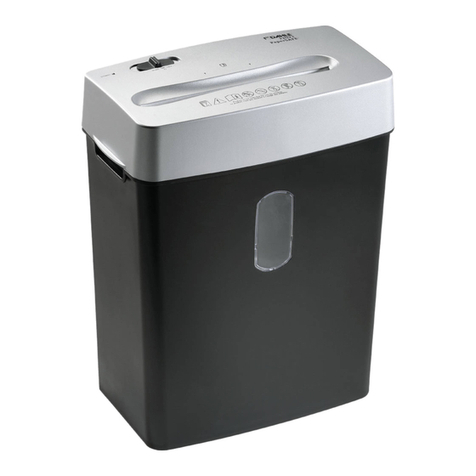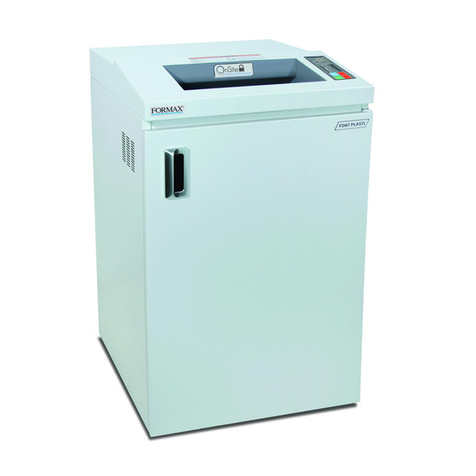
SHUTDOWN
To shut down the shredder, first turn off the flow of inbound material to the shredder. Continue to operate
the shredder until the material within the shredder has cleared and there is no longer any flow at the
discharge chute (probably a few minutes).
CLEANING
As with other equipment, a Vincent Shredder requires proper cleaning during extended shutdowns. In
some applications, a shutdown of more than a day or two would qualify as extended. In other
applications, an extended shutdown may only be one or two hours. Clean the shredder as needed.
To clean the shredder, stop the feed to the shredder. Turn off the motor and lock out the electrical service.
In some cases, the only cleaning necessary may be hosing down the screen or comb. In other cases, the
screen or comb may have to be removed so that it and the rotor blades can both be thoroughly cleaned.
These standards are pretty much dictated by the application of the shredder. Care should be taken not to
drive water into the motor bearings and drive components.
NOTE: See the bearing lubrication instructions in the maintenance section before putting the shredder
back in operation after cleaning.
MAINTENANCE
General Maintenance: All machines require maintenance. If a machine never receives maintenance until it
breaks down, then it will do so more frequently. Remember that machines only break down when they are
needed most. If a machine is given care and attention, it will still need to be fixed occasionally, but it will
almost never break down. This is the purpose of this section.
Bearings: The shredder is furnished with high quality bearings that have been selected by Vincent
Corporation for the rated loads of the machine. However, this does not mean that the bearings do not need
regular maintenance to have a long service life. A bearing’s life is directly affected by the operator’s
commitment and should be checked periodically for signs of impending failure.
There are two bearings on the rotor shaft: a pillow block style, non-expansion bearing at the drive end of
the shredder, and a similar expansion bearing on the outboard side of the shredder. Bearings should be
periodically checked for having excessive wear, heat, clearance, or damaged seals. Also, whenever
possible, check the inner and outer races for signs of rust and/or metal shavings. Do not operate the
shredder with a bearing that shows any of these signs. A bearing failure could cause serious damage to the
rest of the shredder and result in considerable down time.
The most important part of bearing maintenance is proper lubrication. Use a high-grade ball and roller
bearing grease of NIGI No. 1 or No. 2 consistency, with maximum resistance to water washout. Mobil Oil
Company Mobiltemp Grease No. 1 or Shell Oil Company Darina No. 2 are both suitable examples.
6

